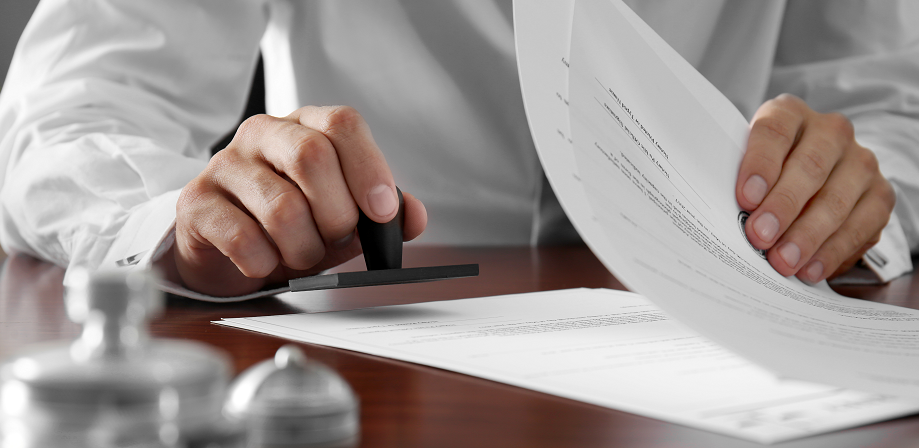Presented by Sofema Aviation Services (SAS) www.sassofia.com
Introduction
Certification requirements for civil [commercial] aircraft are derived from:
- ICAO Annex 8 Airworthiness of Aircraft together with
- ICAO Airworthiness Manual, Part V State of Design and State of Manufacture.
Each ICAO contracting state is obligated to establish its own legal framework. Within the European Community, this activity is undertaken by EASA essentially harmonised with the FAA.
EC Regulation 748/2012 provides Procedures for certification of aeronautical products (aircraft, engines, and propellers). Known as EASA Part 21 regulations they include both procedures for design organisation approval (DOA) (Subpart J) and production organisations approval (POA) (Subpart G).
There are a series of technical codes which must be followed to ensure the design of the various products and parts are fully compliant with all certification requirements. Related to Large Aircraft this Technical Code is known as CS-25 Large Aeroplane Certification.
ICAO-International Civil Aviation Organization Background
Main task: Standardization in the operation of a safe, regular, and efficient air service worldwide.
- Standardization has been achieved through 19 Annexes (identified as International Standards and Recommended Practices).
Note: ICAO SARP are Recommended practices means not mandatory.
Both FAA and EASA airworthiness standards related to certification of aircraft are issued in accordance with ICAO annexes.
- The EASA / FAA certification process is based on these airworthiness standards (For Large Aircraft FAR 25/ CS 25) rather than directly on the ICAO International Standards.
ICAO Annex 8 is the most relevant to the scope of the design phase.
- The technical standards dealing with the certification of airplanes include requirements related to:
o Performance,
o Flying qualities,
o Structural design and construction,
o Engine and propeller design and installation,
o Systems and equipment design and installation,
o Operating limitations,
o General information to be provided in the airplane flight manual,
o Crashworthiness of aircraft and cabin safety,
o Operating environment,
o Human factors and security in aircraft design.
Related to Flight Crew & Flight Control
- Special consideration is given to requirements and design features affecting the ability of the flight crew to maintain a controlled flight.
- The layout of the cockpit must be such as to minimize the possibility of incorrect operation of controls due to confusion, fatigue, or interference.
- The cockpit must present a clear, extensive, and undistorted field of vision.
Related to Occupants
- Airplane design features also provide for the safety, health, and well-being of occupants by granting an adequate cabin environment during operating conditions.
- The means for rapid and safe evacuation in emergency landings and the equipment necessary for the survival of the occupants are also described.
- Requirements for the certification of engines and accessories are defined such that they function reliably in foreseen operating conditions.
Next Steps
Follow this link to our Library to find & Download related documents for Free.
Sofema Aviation Services www.sassofia.com & Sofema Online www.sofemaonline.com provide Classroom, Webinar & Online EASA Regulatory Compliant & Vocational Training. Please see the websites or email Team@sassofia.com for additional training details
Tags:
Aircraft Certification Specification, aviation, Civil Aviation, CS 25, EASA, EASA Certification Specification CS 25, easa part 21, FAA, ICAO, International Civil Aviation Organization, Large Aircraft, Large Aircraft FAR 25/ CS 25, Regulatory Compliance, SAS blogs




